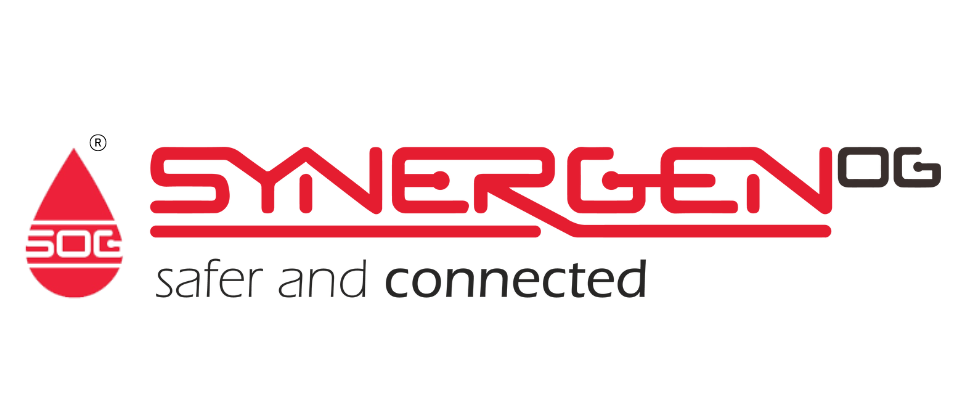In reading the Harvard Business Review article published recently discussing 7 Strategies for Better Group Decision-Making by Torben Emmerling and Duncan Rooders, I was reminded of a Problem Solving and Decision-Making module in the course of my MBA (Master of Business Administration) studies. It was a popular module that I believe has given way to more current and newer models of decision making. While these models are still applicable, they are more effective when coupled with updated solutions and tools.
Furthermore, decision making is prompted by how we think. Thus, knowing different thinking models will surely help in leading us to make better decisions which is essential in today’s evolving business climate as we navigate constant changes following effects of the COVID-19 pandemic
Let’s explore the seven strategies discussed in the article:
- Keep the group small when you need to make an important decision
I do agree with this. Not only will this reduce biases, but also prevent domineering individual/s from taking over. At SynergenOG, our organisation comprises 20 team members, and we have meetings consisting of three or five people. However, while working for a larger organisation, I found that meetings with teams could go up to 10 – 20 people, depending on their function and involvement in the decision making process.
If at all there is a need to deal with larger teams, I would suggest starting at an even number of 12, 16 or 20. Why? Because a 12-person team can be further divided into three different combinations: groups of two, three and four; a 16-person team can be divided into three combinations: teams of two, four and eight; and 20-person team can be divided into four combinations: a team of two, four, five or ten (ten people/team is max).
- Choose a heterogenous group over a homogenous one (most of the time).
The context is indeed essential, whether the decision requires convergent or divergent thinking. If both are needed, then individuals representing different departments or business units ought to be invited. For instance, if we are going to develop a food app, then members should involve not only the design and tech team but rather include finance, marketing and sales teams. Besides, I believe a balance of diverse groups taking into consideration gender, cultural and position seniority should be encouraged to get a broader perspective.
- Appoint a strategic dissenter (or even two)
Also called the 11th– man strategy adopted by Israeli army commanders, a strategic dissenter is the one who questions, challenges, disapproves everything the ten-man team has decided. His task is always to disagree. He can be a rather unpopular person, a devil’s advocate, he is. Another option is to use the 6 Thinking Hats model, giving everyone in the team a different role to play, with one of the ‘hats’ namely The Black Hat, playing the devil’s advocate.
- Collect opinions independently
The ideation process is important to allow every member a chance to provide their ideas and suggestions freely without fear of ridicule or upsetting the status quo.
- Provide a safe space to speak up
In our organisation, we added a couple of other rules as well:
- Express comments only after the team has put forward all ideas, no interruptions allowed. Everyone is given an equal opportunity to express their views
- Show appreciation and acknowledgement to all members for their participation, regardless of the idea was right or not.
- Don’t over-rely on experts
Experts tend to influence the thought-flow of participants. Also, team members would be too conscious of their ideas in the presence of an expert. They wouldn’t want to be embarrassed to say or suggest something considered silly. Thus, in our organisations, we use experts as facilitators only.
- Share collective responsibility
A group effort should be rewarded and acknowledged as a group effort. No one individual is greater than the group. The sum total is greater than each component. Signing a decree is an interesting suggestion raised in the article, which I may use during my next decision-making meeting. Many other tools are available for making better decisions. Besides the 6 Thinking Hats model (my preferred model) by Edward DeBono, we can use his other proposed models of thinking such as CoRT(Cognitive Reasearch Trust). Other useful models I use is SCAMPER. SCAMPER is an easy to implement creative thinking and problem solving method, in which each letter stands for one thinking technique: Substitute, Combine, Adapt, Modify, Put to another use, Eliminate, Reverse.
Source: Harvard Business Review
____________________________________________________________________________________
Note: Kadam Balan is a director at SynergenOG who is consistently working together with his team to consolidate business operations following the unprecedented impacts of the pandemic in the industry. We explored Saadia Zahidi of WEF’s views on Skills of the Future in July. Group Decision Making as discussed here, consolidates some of the skills highlighted including analytical thinking, complex problem-solving, innovation and collaboration.

